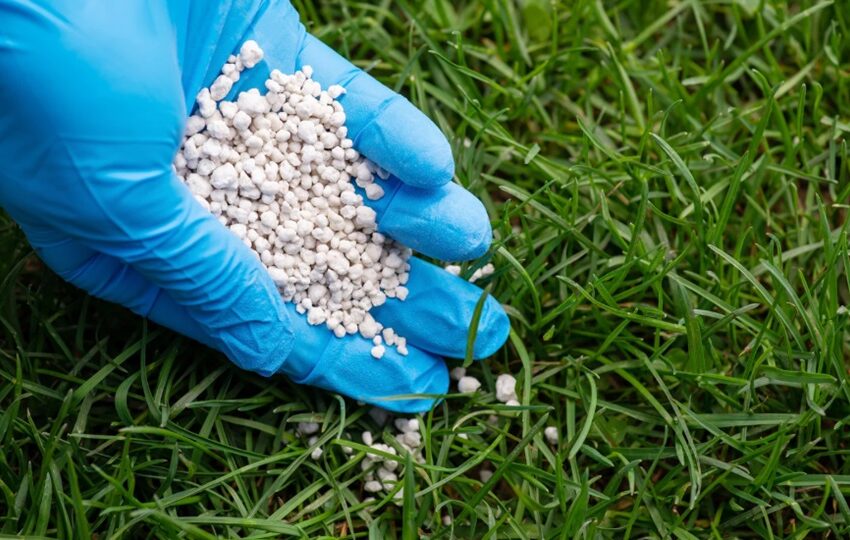How Seasonal Fertilization Boosts Lawn Health in Spring

Spring is a crucial time for homeowners to invest in lawn care practices that set the stage for healthy growth all year long. Among these practices, seasonal fertilization stands out as one of the most impactful. With the right nutrients applied at the right time, your lawn emerges stronger, greener, and more resilient from winter. This is especially important in areas like lawn care in Alpharetta, where spring weather creates ideal conditions for new growth, but also opens the door to weeds and pests if care is neglected.
Why Spring Fertilization Matters for Lawn Vitality
Fertilization is the process of delivering essential nutrients, like nitrogen, phosphorus, and potassium, that grass needs to grow. In early spring, your lawn is waking up from dormancy, and its root systems are actively seeking nourishment to support new blades. Applying fertilizer during this period jump-starts that growth and gives your lawn a competitive edge over encroaching weeds.
Well-timed fertilization encourages dense turf, which naturally shades the soil, helping to suppress weed germination and retain moisture. This prevents stress-related issues and makes your lawn more drought-tolerant going into the warmer months. Professional lawn care services often evaluate the soil’s nutrient composition before application to avoid over-fertilizing, which can be harmful.
Fertilization and Proper Watering Go Hand-in-Hand
Nutrients alone aren’t enough—water plays a critical role in activating fertilizers and delivering them to the roots. One of the most common mistakes is either under-watering or watering too frequently, which washes away essential nutrients before they can be absorbed. That’s why understanding the balance of watering new grass seed is critical, especially during the fertilization phase.
Proper watering ensures fertilizers break down and seep into the soil rather than evaporate or run off. Professional lawn care providers understand the soil conditions and customize watering and fertilization schedules accordingly, making sure the treatment is both effective and environmentally responsible.
The Added Benefit: Weed and Pest Prevention
An overlooked benefit of seasonal fertilization is its role in protecting against lawn invaders. A strong, well-fed lawn is naturally more resistant to common issues like dandelions, crabgrass, and even surface-feeding insects. When the grass is healthy, it forms a dense carpet that blocks sunlight from reaching weed seeds and creates a hostile environment for pests.
In fact, how lawn maintenance prevents weeds and pests is tied directly to how consistent and strategic your fertilization efforts are. Rather than reacting to visible problems later in the season, proper spring care acts as a preventative measure, eliminating the need for aggressive chemical treatments down the line.
Conclusion
Seasonal fertilization in the spring is not just about greening up your lawn—it’s a long-term investment in its overall health and resistance. From nourishing roots and supporting vigorous growth to enhancing your lawn’s ability to fend off weeds and pests, the benefits are wide-ranging. By pairing fertilization with proper watering and professional guidance, you give your lawn the tools it needs to thrive through spring and beyond.
Neglecting this essential step can leave your lawn vulnerable to disease, patchy growth, and invasive species that are difficult to control later in the season. On the other hand, a proactive fertilization approach boosts not only the appearance but also the functionality of your outdoor space. With each season, the health of your lawn compounds—making professional seasonal care a wise strategy for long-term curb appeal, property value, and outdoor enjoyment.